Growth in Aftermarket Services
The Automotive Intake Manifold Market is experiencing growth in aftermarket services, driven by an increasing number of vehicle owners seeking performance upgrades and replacements. As vehicles age, the demand for high-quality intake manifolds in the aftermarket segment is rising, particularly among enthusiasts looking to enhance engine performance. This trend is supported by market data indicating that the aftermarket for automotive components is projected to grow at a rate of 4% annually. Consequently, this driver is crucial for the Automotive Intake Manifold Market, as it presents opportunities for manufacturers to diversify their offerings and cater to a broader customer base.
Increasing Demand for Fuel Efficiency
The Automotive Intake Manifold Market is experiencing a notable surge in demand for fuel-efficient vehicles. As consumers become more environmentally conscious, manufacturers are compelled to innovate and enhance engine performance while reducing fuel consumption. This trend is reflected in the growing adoption of advanced intake manifold designs that optimize airflow and improve combustion efficiency. According to recent data, vehicles equipped with high-performance intake manifolds can achieve fuel savings of up to 15%. Consequently, this driver is pivotal in shaping the future of the Automotive Intake Manifold Market, as automakers strive to meet stringent emissions regulations and consumer expectations for sustainability.
Rising Production of Electric Vehicles
The Automotive Intake Manifold Market is also being shaped by the rising production of electric vehicles (EVs). Although traditional internal combustion engines dominate the market, the shift towards EVs is prompting manufacturers to explore new designs and materials for intake manifolds that can accommodate hybrid systems. This transition is likely to create opportunities for innovative intake manifold solutions that enhance the efficiency of hybrid powertrains. Market analysts project that the EV segment will account for a significant share of the automotive market by 2030, thereby influencing the dynamics of the Automotive Intake Manifold Market as manufacturers adapt to changing powertrain technologies.
Regulatory Pressure for Emission Reductions
Regulatory pressure for emission reductions is a critical driver in the Automotive Intake Manifold Market. Governments worldwide are implementing stringent regulations aimed at lowering greenhouse gas emissions from vehicles. This has led manufacturers to invest in advanced intake manifold technologies that facilitate better fuel atomization and combustion efficiency. As a result, the market is witnessing a shift towards the development of lightweight and high-performance intake manifolds that comply with these regulations. Data suggests that compliance with emission standards can enhance a vehicle's marketability, thereby driving growth in the Automotive Intake Manifold Market as manufacturers seek to align with regulatory requirements.
Technological Advancements in Engine Design
Technological advancements are significantly influencing the Automotive Intake Manifold Market. Innovations such as variable geometry intake manifolds and integrated air-fuel management systems are becoming increasingly prevalent. These technologies enhance engine performance by allowing for better control of air intake, which can lead to improved power output and reduced emissions. The market data indicates that the introduction of such advanced systems is expected to contribute to a compound annual growth rate of approximately 6% in the intake manifold segment over the next five years. This trend underscores the importance of continuous research and development in the Automotive Intake Manifold Market.


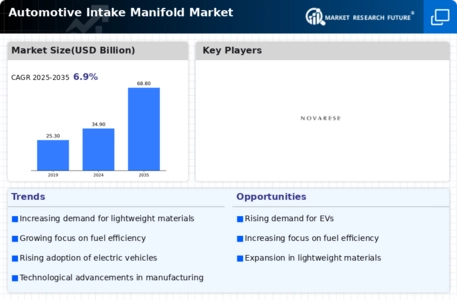
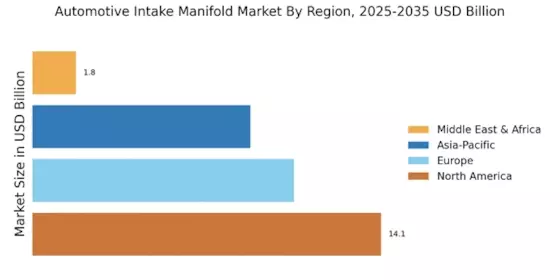
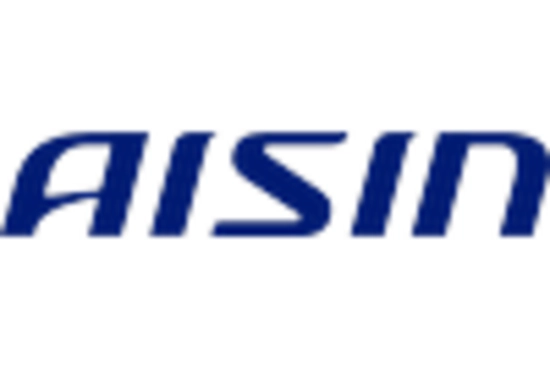

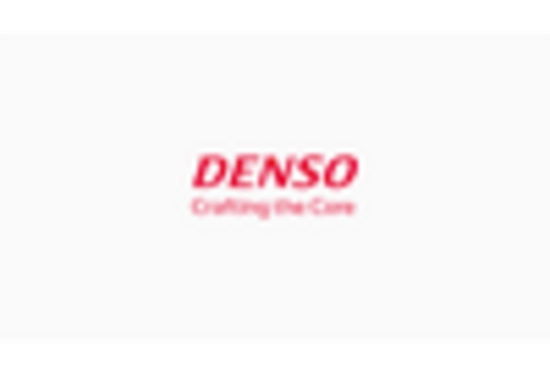
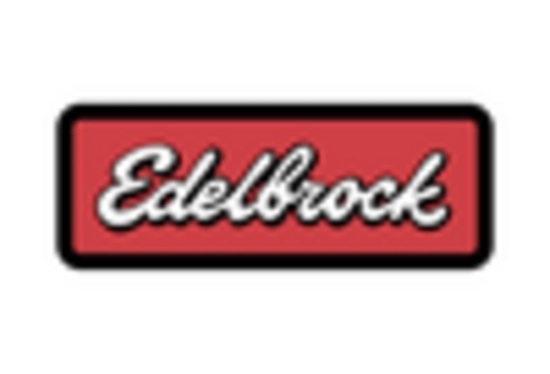
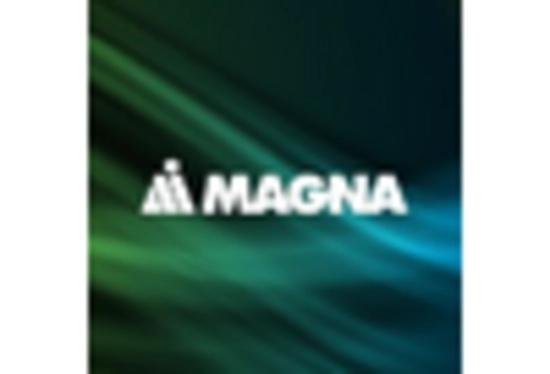
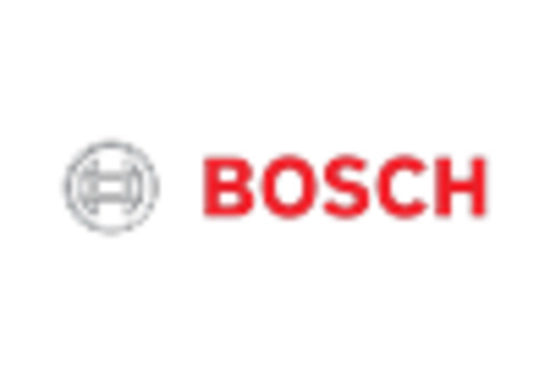








Leave a Comment